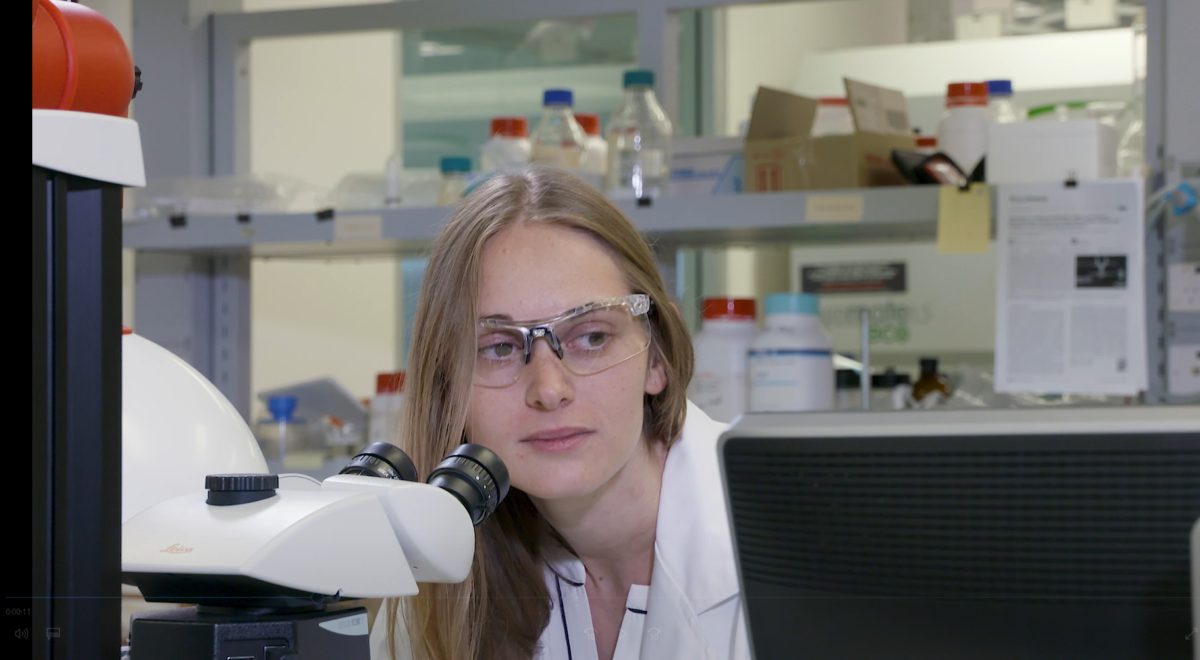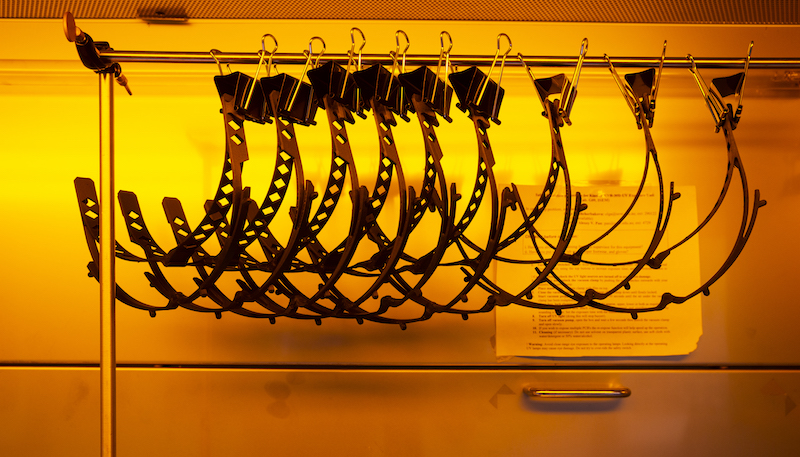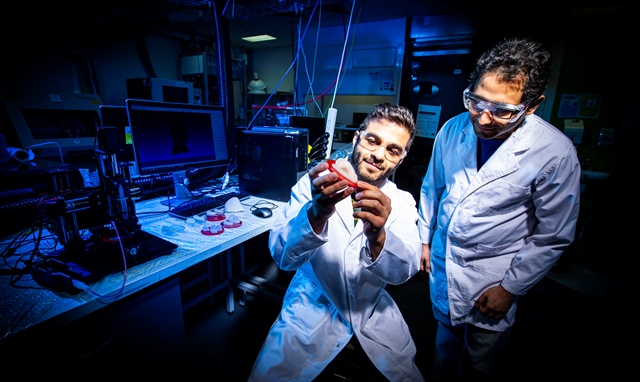News
3D printing bone tissue
Jun 28 2022
This article was originally posted on LinkedIn by Prof Gordon Wallace
A few thoughts arose from a conversation I had with Nick Rheinberger at ABC Illawarra recently.

There is no doubt that 2020 brought a clarity of vision and purpose to research. The immediate need to deliver face shields, masks, swabs and ventilator parts brought technical challenges to the researcher but maybe even more importantly laid bare some old fashion perceptions about Universities and the role we play for our community.
Let me draw on a simple example that had profound impact.
With the arrival of the COVID-19 pandemic, we approached the Illawarra Shoalhaven Local Health District (ISLHD) with the message ‘we are here to help’. At UOW as the HQ for a national research centre of excellence and the Australian National Fabrication Facility (ANFF) Materials Node, we house one of the most advanced fabrication facilities in Australia and some fairly smart people to go along with that.
ISLHD identified that PPE face shields were critically needed to protect the region’s healthcare workers in the COVID-19 crisis. The ACES and ANFF team worked with Dr Bruce Ashford (who led Wollongong Hospital’s response to COVID-19) to test and refine designs. We enlisted the help of local industry partners with 3D printing capabilities CammPro and Me3D, and established the network to ensure we could supply the number of face shields needed.

This initiative evolved extremely quickly, and demonstrated that our legal, insurance and commercial processes needed to adapt to support this urgent need. I must pay tribute to my colleagues at UOW in these areas who worked swiftly to help us forge a path forward so we could supply the face shields. Thanks must go to the executive levels of UOW and ISLHD who worked together to ensure a positive outcome.
Subsequently, the UOW legal team has assisted us in getting TGA certification for our face shield design. This includes having processes in place for design testing and verification, quality management systems for fabrication and packaging, and customer feedback lines of communication.
We now have efficient processes in place that can be used as needed when TGA certification is needed and can address any legal and/or insurance issues that may arise in product supply. With the support of UOW, we are also well down the track in the implementation of a Quality Management system as we move towards ISO9001 and ISO13485 accreditation during 2021. This will further bolster the confidence of end-users in engaging with UOW for product supply.
The ability for universities to deliver a tangible product in an effective and efficient way has shown us the unintended beneficial consequence – of bridging the ideas to industries chasm.
Most importantly, it instils a level of confidence in investors, industry and government that university researchers CAN deliver. In addition, it instils confidence and self-belief in researchers and their organisations that they can work together and achieve success.
The ability to undertake low-volume manufacturing brings researchers, investors and existing industry closer together. By enabling product refinement through customer engagement, building confidence that the product can be manufactured, and building the initial customer base, the knowledge accrual network becomes a technology deployment network.
We are actively pursuing these opportunities at the ARC Centre of Excellence for Electromaterials Science (ACES). The close association of the Australian National Fabrication Facility (ANFF) Materials Node and ACES has resulted in the development of an integrated, multidisciplinary, state-of-the-art Research and Development facility at the UOW Innovation Campus.
Over the past two years, we have established a world-leading translational facility of the area of 3D bioprinting – TRICEP (Translational Research Initiative for Cellular Engineering and Printing). We have established projects with partners to design and develop bioink formulations for wound repair in the eye, cartilage regeneration, skin repair, and nerve/muscle regeneration. We have also developed the customised printing hardware required for each of these applications. The ability to manufacture low volumes of bioinks and bioprinters in a facility regulated by a Quality Management System is attracting the attention of commercial partners.

The traditional product supplied by universities to society is knowledge, often wrapped up in an individual student package. The value of this product should not be underestimated. Without that human knowledge capital, the ideas to industries journey will run out of fuel.
As researchers, we traditionally disseminate knowledge in wafts of thought in highfalutin journal articles, often not accessible (both physically and in terms of language) to the person on the street. So, we need to turn this knowledge into tangible products – things that matter to the people we work for. It is no longer good enough to say the knowledge we created is out there. It is not easily accessible and we need to change that. We need to be responsible for the delivery of that knowledge, not just the creation of it.
Our goal should NOT be to get back to where we were, pre-Covid. We should be actively thinking about how the changes in attitude, aspirations and demonstrated ability we have encountered can help us leap-frog forward and take research and its impact in our communities into a new era.













